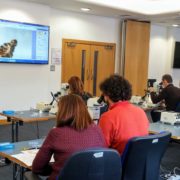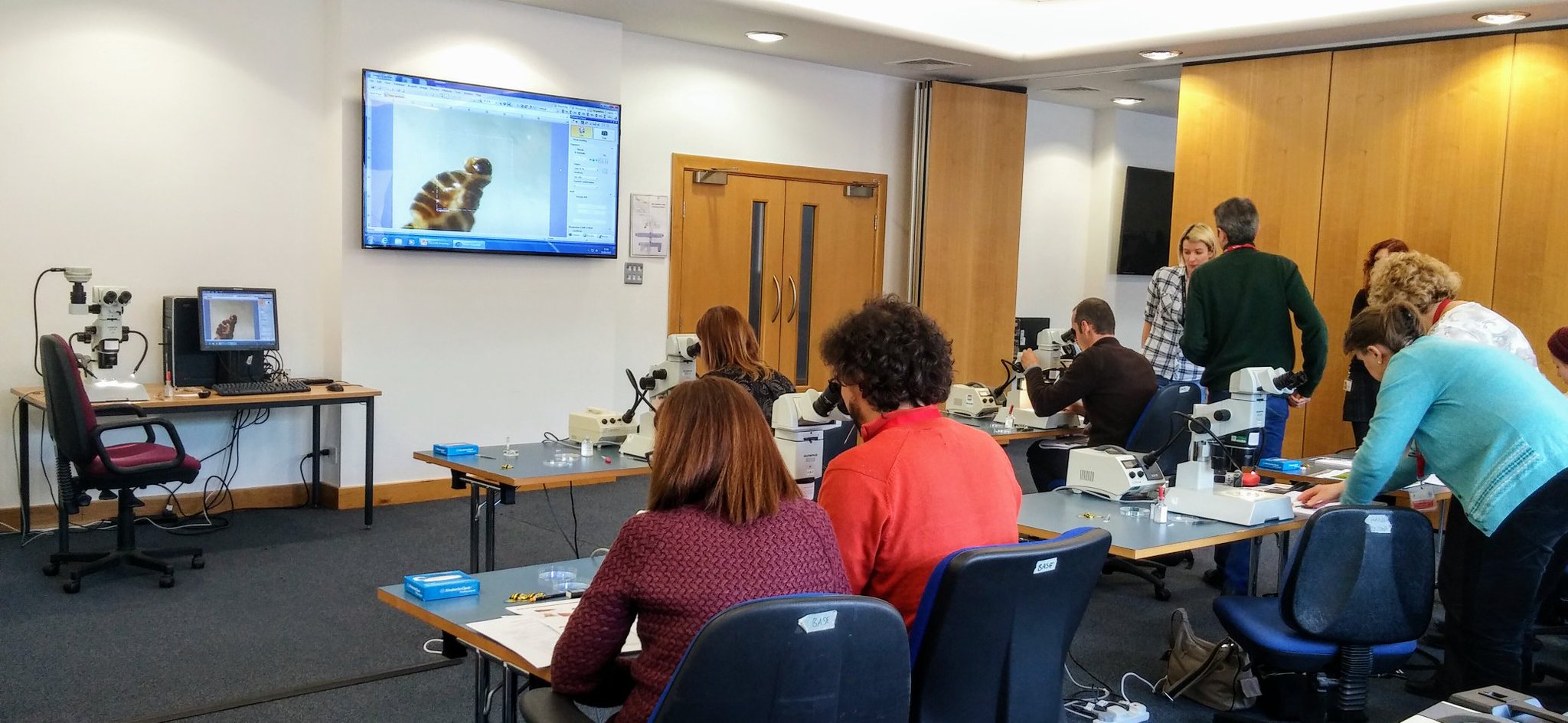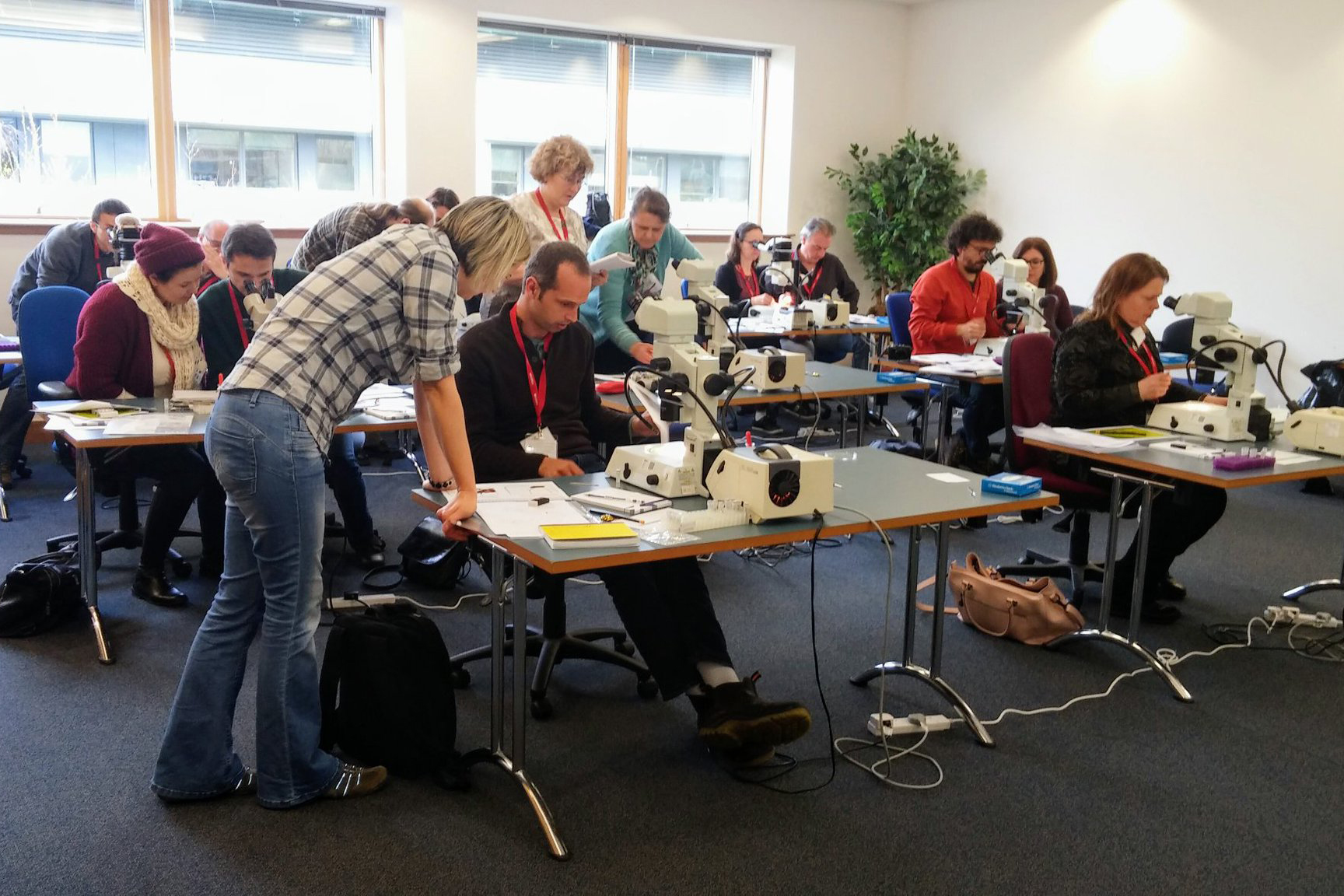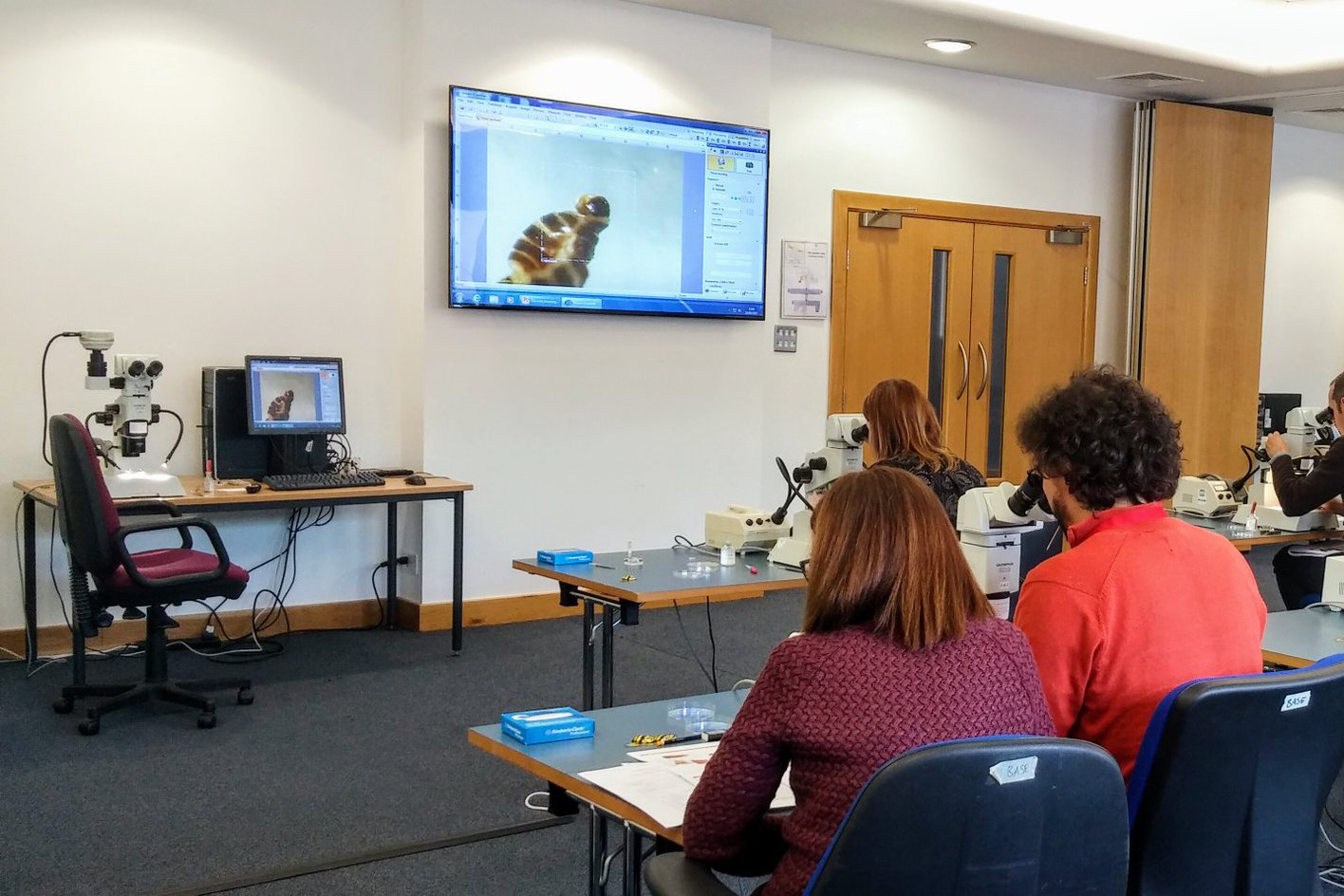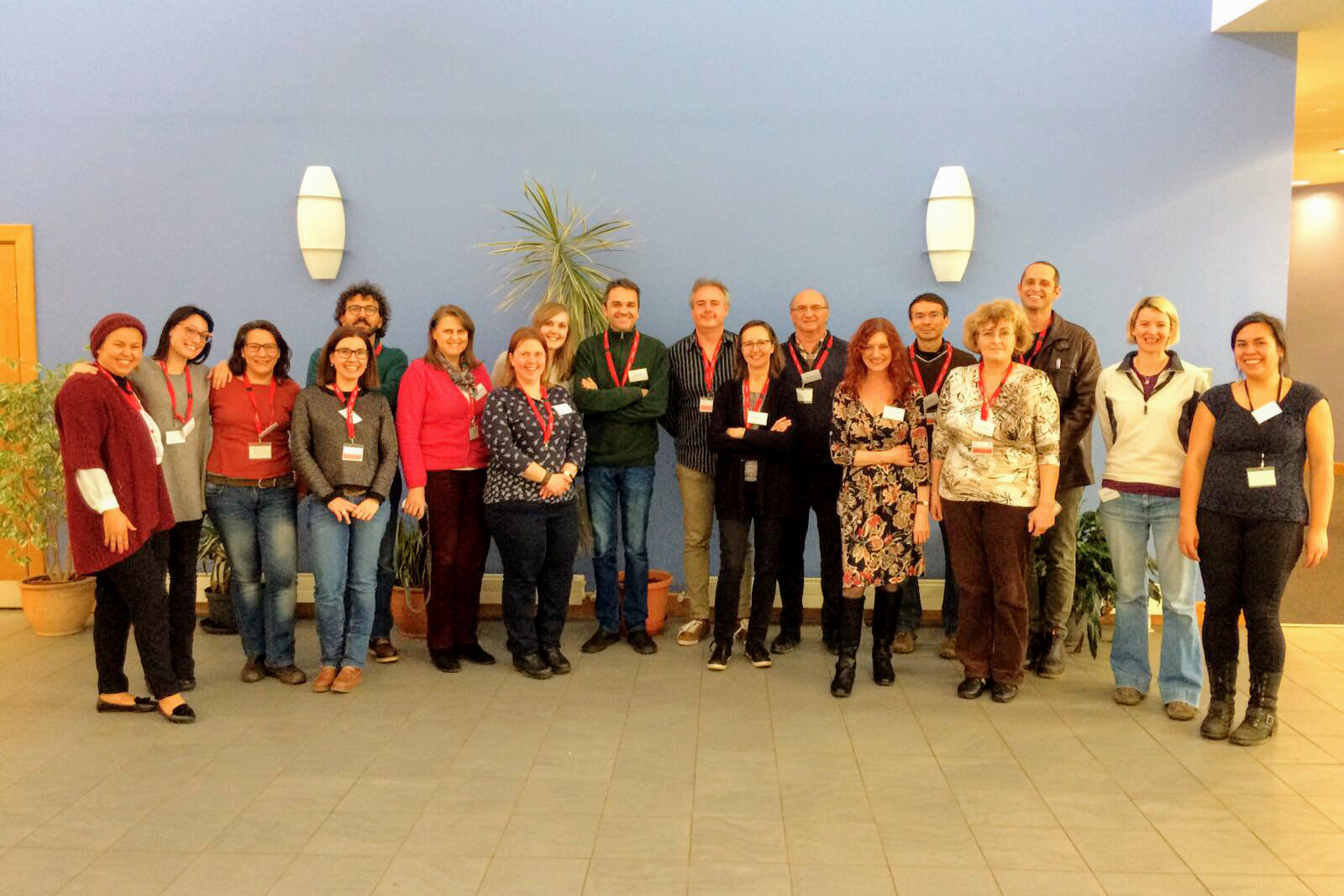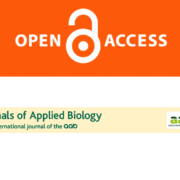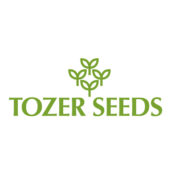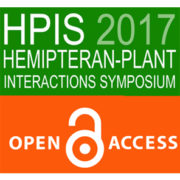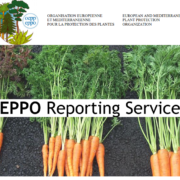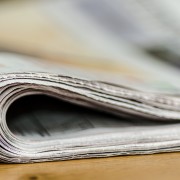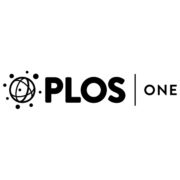A training workshop on classical and molecular identification of psyllids held in Edinburgh
A 2-day training workshop (23-24 March 2017) in the classical and molecular identification of psyllids was organised by SG-SASA, the Natural History Museum (NHM), and Rothamsted Research (RRes). The event was funded by the POnTE Project and was hosted by SG-SASA at their headquarters in Edinburgh, Scotland.
The aim of the workshop was to provide an overview of how both classical taxonomic and molecular techniques can be used together to achieve a reliable identification of psyllid species. Participants were provided with low-power microscopes. A low-power microscope was connected to a large screen for demonstrations and a high-power microscope for the viewing of finer features.
The workshop began with an introduction to basic psyllid morphological features led by Mairi Carnegie (SG-SASA). David Ouvrard (NHM) led the remaining classical taxonomy sessions focussing on vector species of Candidatus Liberibacter solanacearum (CaLsol) – Bactericera cockerelli, Trioza apicalis, Bactericera trigonica and closely related species. Vector species of other diseases, such as Diaphorina citri, and harmless species were covered as well. A simple key to the potential vectors of CaLsol was made for workshop participants by Mairi Carnegie (SG-SASA), Alex Greenslade (RRes), Rebecca Cairns (SG-SASA), and David Ouvrard (NHM). It was designed to allow users to determine whether an unidentified psyllid could be a CaLsol vector and should then be confirmed using molecular identification. Molecular techniques from DNA extraction through to sequencing and assay design was covered in day 2. Delegates were shown the 2-day non-destructive DNA extraction protocol. Protocols for the DNA extraction procedure will be made available on the POnTE website shortly. This involved the piercing of the psyllid specimen on day 1, incubation of the specimen overnight, and a demonstration of the DNA extraction procedure on day 2. A tour of the molecular labs and the Gogarbank suction trap was also given. The remainder of day 2 was spent examining the extracted voucher specimens and other psyllids of interest to participants.
Thirteen participants from eight countries attended. The workshop was well-received and many agreed it was very informative with a good overview of both classical and molecular techniques for psyllid ID.

